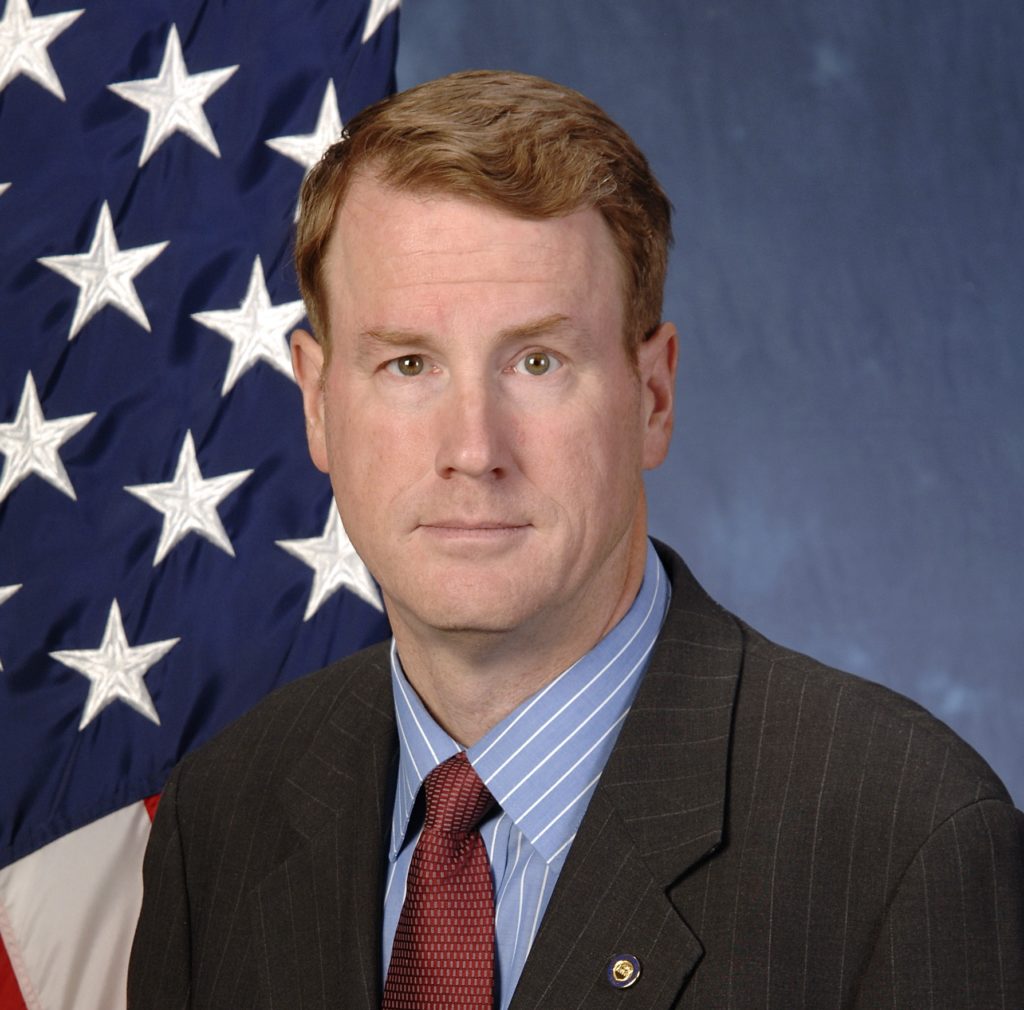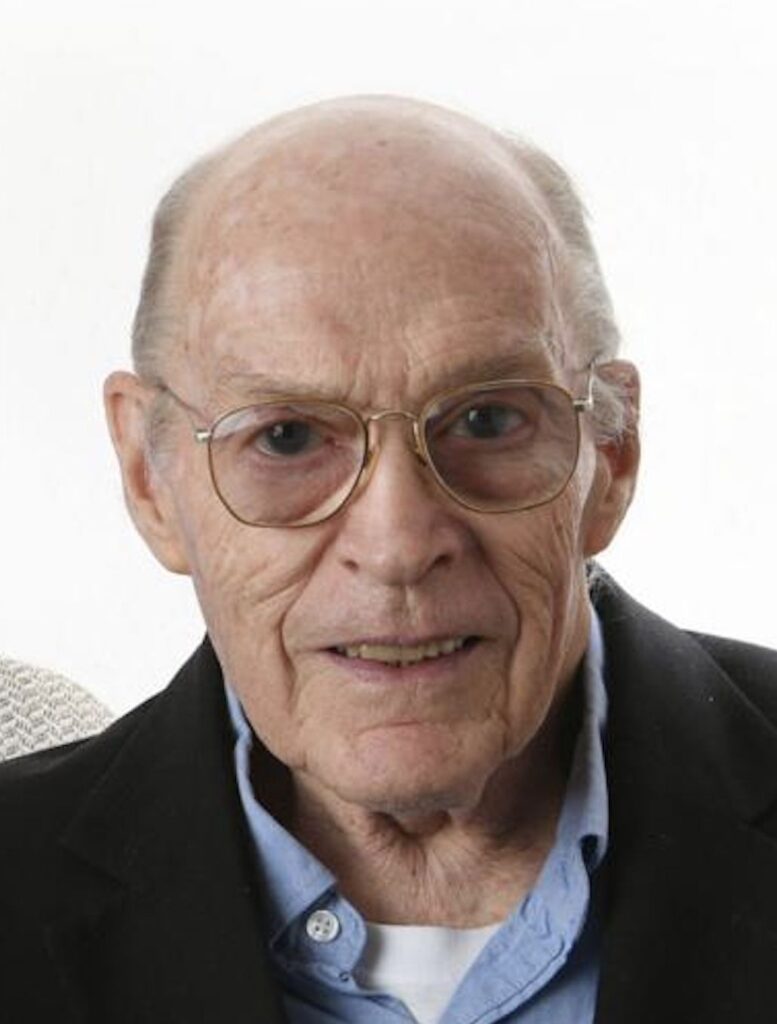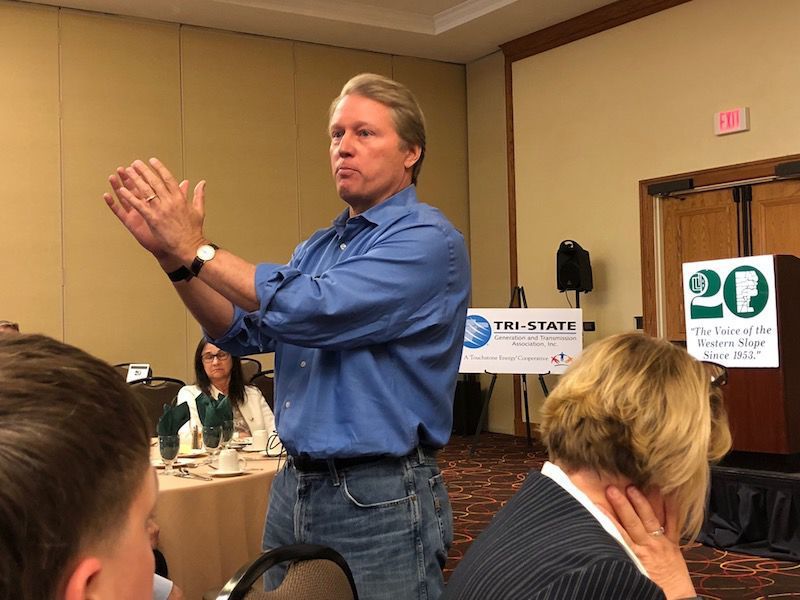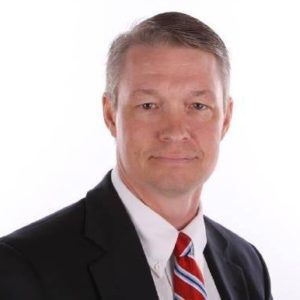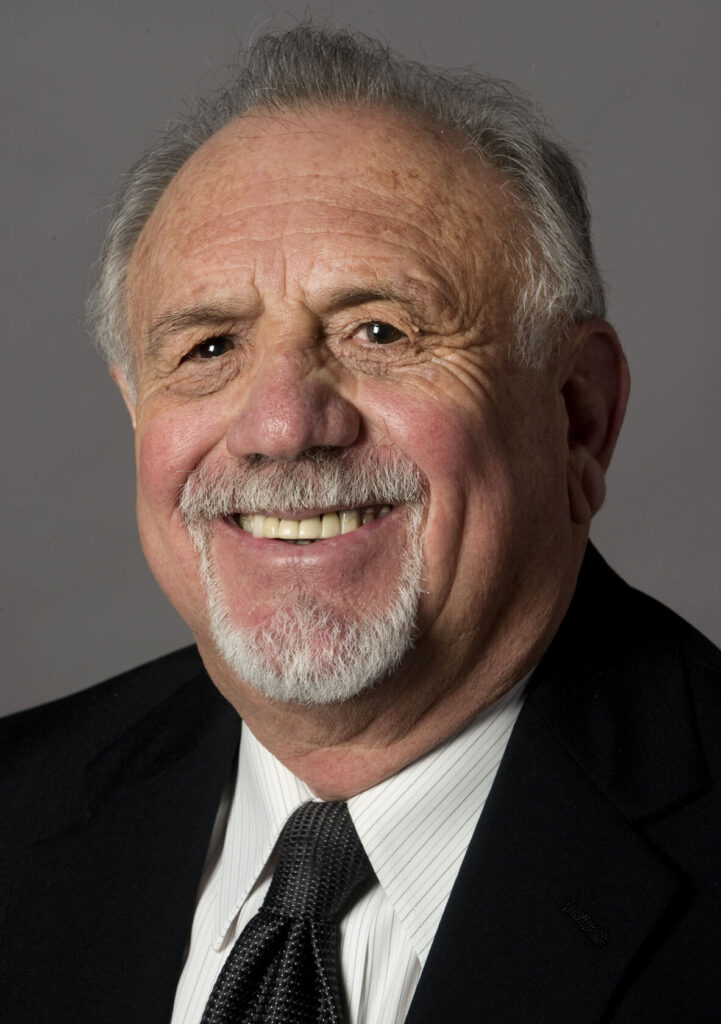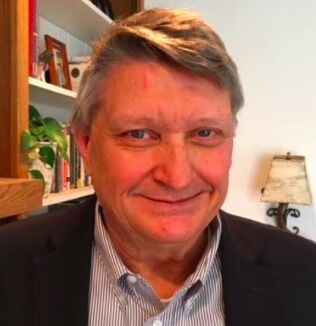Will long-orphaned nuclear-waste storage site find a home in Moffat County? | HUDSON

Miller Hudson
It’s been more than 30 years since there were any discussions of storing nuclear waste in Colorado. Before revisiting that debate, it is important to understand the three major waste streams generated by the nuclear cycle.
First and least dangerous are Naturally Occurring Radioactive Materials (NORMS) — which consist of uranium mill tailings and other unprocessed mining detritus. Next is low level radioactive waste — the bulk of which remains from our Cold War nuclear weapons program, including long-lived plutonium scheduled for permanent burial at the Waste Isolation Pilot Plant (WIPP) outside Carlsbad, New Mexico, together with a smaller yet steady waste stream from industrial and medical applications. Finally, are deadly, high-level radioactive spent nuclear fuel rods removed from American power reactors which were originally destined for disposal at Yucca Mountain in Nevada, near Las Vegas.
Several dozen nations operate nuclear plants, starting in the 1970s, to generate electricity once touted as power that would be “too cheap to meter.” This promise proved false, but nuclear plants have provided reliable base load generation around the globe. Reliance on nuclear energy ranges from more than 90% in France, where 50-plus reactors supply electricity to a nation only marginally larger than Colorado. This commitment to a nuclear-powered grid can be traced to French President Charles DeGaulle, who enjoyed near dictatorial powers, and who determined nuclear was the route to energy independence for a country without significant fossil fuel reserves. You can’t drive 30 minutes in any direction from Paris without spotting a nuclear generating station. France and most other nuclear nations have also opened permanent high-level spent fuel disposal sites.
Stay up to speed: Sign up for daily opinion in your inbox Monday-Friday
There is little mystery to building such facilities. Waste isolation in a stable geological rock or salt formation that hasn’t moved for several hundred million years, and, therefore, is unlikely to fracture or erupt in the next million years has been the option of choice. Only in the United States has politics gotten in the way of locating such a disposal site. At the outset of the American nuclear age, the Atomic Energy Commission twisted the arms of private utilities to build and operate nuclear generating plants. In exchange, utilities lobbied Congress to guarantee the federal government would take responsibility for eventual waste disposal funded with a small tax on every kilowatt hour produced. In the early 1970s, Nevada was designated as the eventual destination for spent fuel. By a vote of 98-2, the U.S. Senate approved the designation of Yucca Mountain. You can guess where the two dissenting votes came from — both a Republican and a Democrat from Nevada.
The initial siting study recommended either salt domes in Texas or the granite Canadian shield underlying Michigan. These two states were far too big and politically powerful to permit a nuclear waste dump, although each hosted reactors. In a pattern that has grown familiar in this country, nearly a hundred billion dollars has been expended from the waste fund as each new administration establishes a blue-ribbon commission to reexamine the problem. Each time, the resulting reports have echoed that first study — recommending deep geological isolation. In the early 1990s, Congress created the Office of the Nuclear Waste Negotiator. It’s first director was David Leroy, a former Idaho Lieutenant Governor, appointed by George H. W. Bush. This initiative eventually produced the licensure of a Monitored Retrievable Storage (MRS) site by the Nuclear Regulatory Commission on the Goshute Indian Reservation near Skull Valley, Utah.
It has been held as a “just in case needed” solution by a consortium of utilities led, at the time, by Northern States Power, parent company to Colorado’s Public Service Company, now Xcel Energy. Few Coloradans recall the failed nuclear generating station at Fort St. Vrain which stores several hundred spent fuel rods. Together with other utilities where nuclear plants have been decommissioned, pressure was placed on Congress to require the Department of Energy (DOE) to assume responsibility for monitoring and safeguarding these scattered storage facilities. Congress was urged along with threats to halt the payment of further spent fuel surtaxes. Absent a designated site for a permanent repository, Yucca Mountain having been removed from consideration following an earthquake which destroyed the research facility located there and Senator Majority Leader Harry Reid’s influence with former President Barack Obama, the search is on again. Apparently, DOE has initiated a renewed interest in a centralized MRS for spent fuel.
The Northwest Council of Governments and Moffat County have been intrigued by the possibility of hosting this storage complex while the effort to identify a permanent disposal site proceeds. As the country waited through decades of delay for the WIPP repository to open, the clean-up at the Rocky Flats nuclear weapons plant was producing tons of low-level waste which contractors were storing in railroad cars on site. Then-Colorado Gov. Roy Romer offered the suggestion he might begin dispatching a loaded railcar to every state capital. Nothing came of this, but Pacific Nuclear of Seattle approached the governor in 1993 with a proposal to locate a WIPP waste MRS along I-25 in Las Animas County. A year later, the county commissioners approved a site near Aguilar for storing these wastes, by a vote of 2-1. More than a hundred-thousand truckloads were scheduled to eventually pass down Interstate 25 from federal weapons facilities in Hanford, Washington, Arco, Idaho and Rocky Flats.
Pacific Nuclear manufactured the giant shipping containers, which look like super-sized beer barrels. It was an election year by then and as opposition emerged to the project, the governor flew to Trinidad and declared there would be no MRS in Colorado so long as he remained in office. Pacific Nuclear abandoned the project. The two commissioners who approved it were recalled, one surviving and the other losing his seat. Though it makes eminently good sense to gather spent fuel in a guarded central location, rather than leaving it scattered at 105 generating stations around the — a national MRS means moving this waste somewhere near someone. Anyone familiar with the country outside Rangely, where oil wells are running dry, is aware this isn’t exactly God’s country.
An MRS would create hundreds of jobs paying six figures to Moffat County. There will be opposition to any radioactive waste project. Though public health risks are quite small and transportation safeguards robust, experience tells us the fear of a danger that can’t be seen, heard, felt or smelled frightens people. A huge education challenge looms ahead for supporters. It wouldn’t hurt to commence by getting the next governor on board, along with local legislators and county commissioners. Any decision will be settled at the ballot box.
Miller Hudson is a public affairs consultant and a former Colorado legislator.




